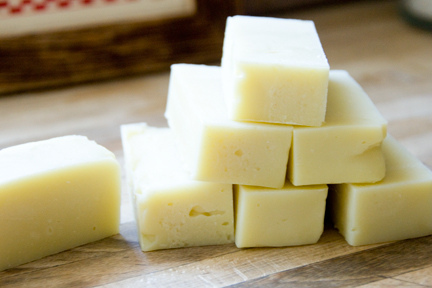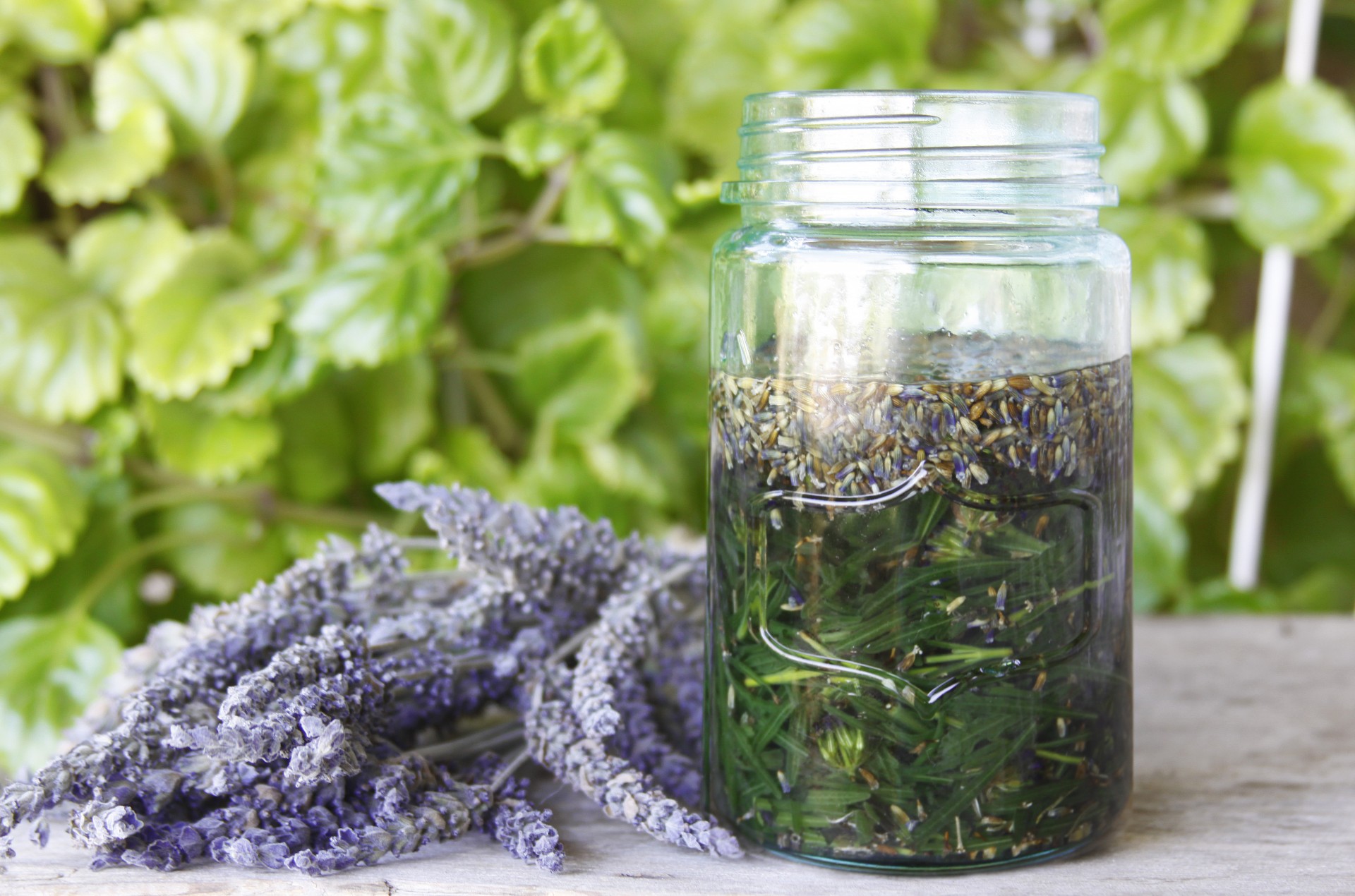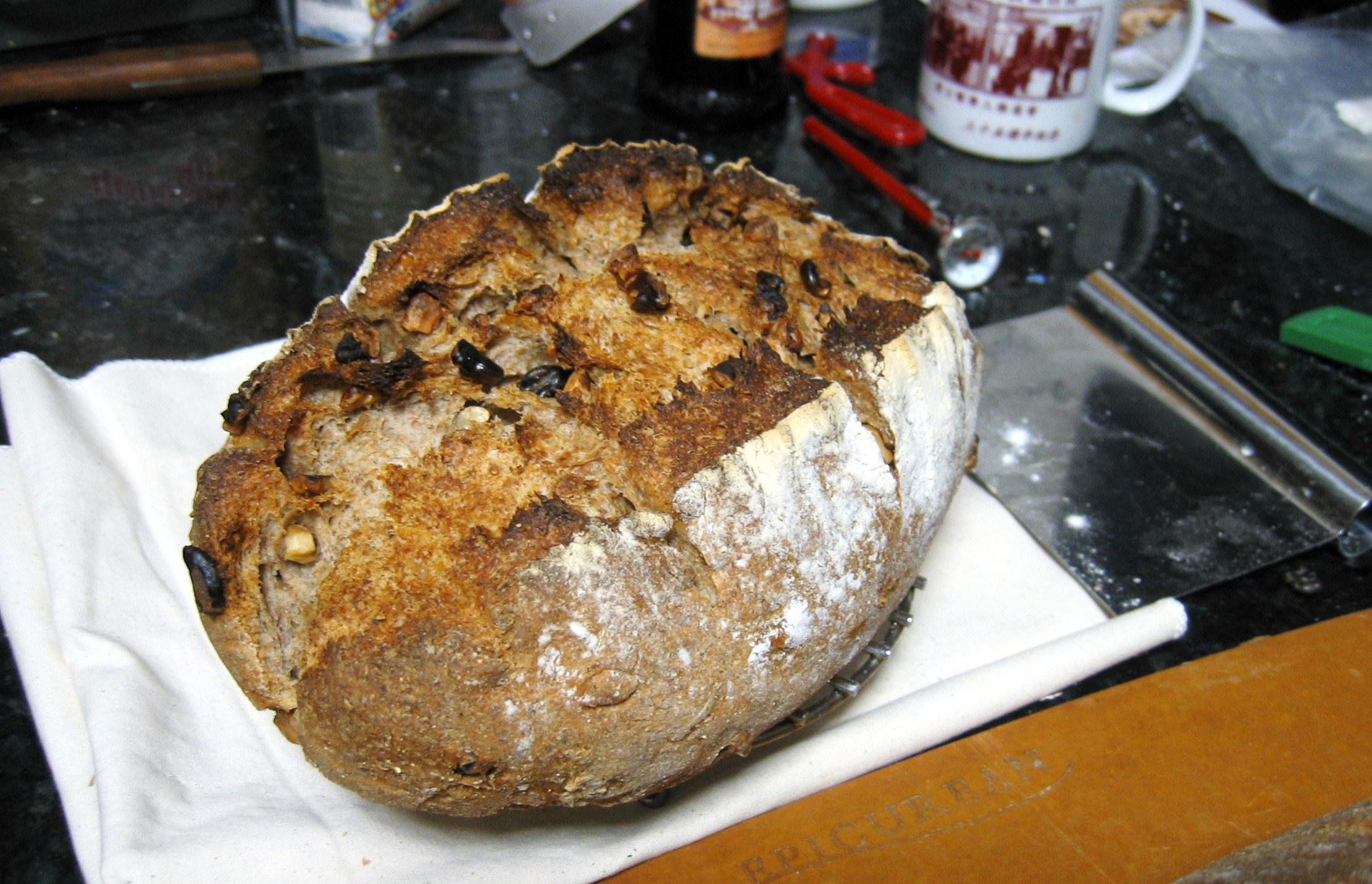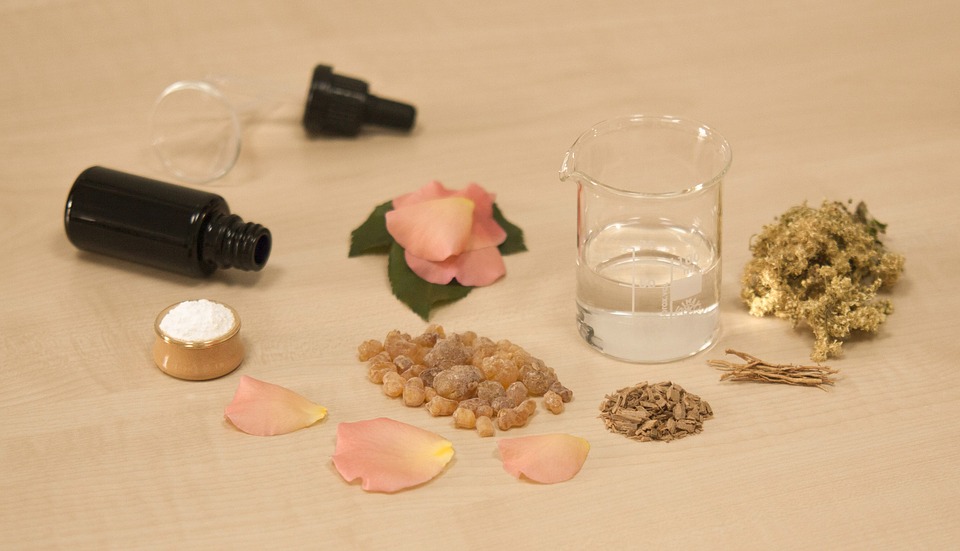Soap Making Basics
Making soap is a wonderful skill to gain, and given the amount of harsh toxins and chemicals in commercially-available soap, it’s also a great way to guarantee you’re getting wholesome, natural ingredients. Speaking of chemicals, one reason a lot of people are intimidated by soap-making is the use of the ingredient lye (remember that scene … Read more








